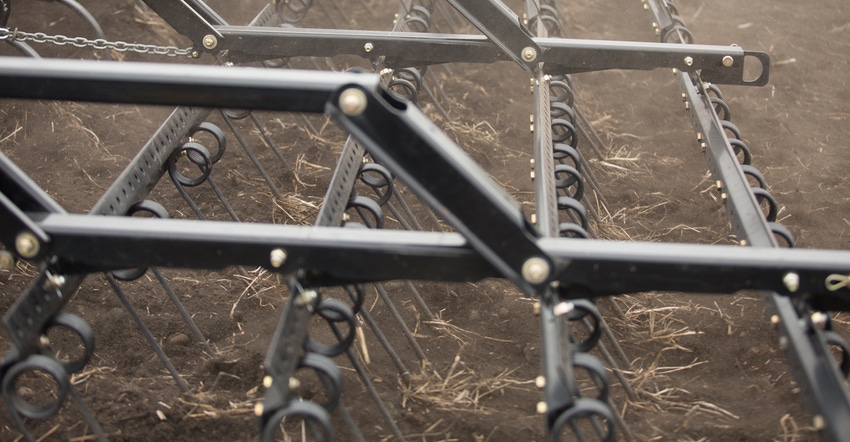September 17, 2018

Have you started thinking about your land management system for 2019? The herbicide program you choose may affect what management practices you implement.

Mark Glady

Here is a brief rundown of how land management and herbicide programs can intersect to provide you with optimal weed control.
Herbicide program
If you are pleased with your choice of herbicide program for 2018 and were able to adequately control weeds, you’ve dramatically reduced the weed seed-bank potential for next year’s crop. If some of this year’s herbicide choices didn’t work out and you have weed seed that scattered when you harvested, you’re going to have some challenges come spring. This will make applying a residual herbicide at preemergence even more important.
Tillage system
If you are a no-till soybean farmer, doing a spring burndown with some glyphosate and dicamba prior to planting, as well as a broad-spectrum residual herbicide to prevent weeds from emerging, is important. If you use conventional tillage, you will eliminate those weeds during the tillage process, so you don’t need to spray prior to planting. However, you will need to apply a preemergence herbicide.
Sustainability goals
Conventional tillage obviously churns the ground up, which can lead to erosion, versus no-till, which reduces it. However, no-till requires more herbicides, which are safe if used according to label directions. If you are a conventional farmer who is trying to work more sustainable practices into your operation — for example, some no-till plantings — it is crucial to have a good broad-spectrum herbicide program that encompasses all species of weeds. Such programs might include applications outside of the normal spring and early-summer spray times to achieve effective weed control.
Likewise, planting a cover crop can also be a wise choice for no-till farmers. The erosion-reduction benefits, topsoil preservation and creation of better soil structure from active root system development dovetail well with a no-till philosophy. However, cover crops can also be used effectively with conventional tillage.
Tillage combinations
Corn is a lot more finicky than soybeans as far as seed planting depth, and it can be more challenging to grow using a no-till system. As a result, a number of farmers no-till their soybeans and use conventional tillage with their corn. Some farmers might also do vertical tillage, which slices up cornstalks and incorporates them at a very shallow depth to help manage residue and make a level seedbed. It’s important to do what works best for your operation and gets you where you want to be in terms of return on investment, yield potential and sustainability goals.
Adviser recommendations
If you haven’t done so already, let your agronomist know specifically what species of weeds and/or grasses were problematic in your fields this season so you can plan confidently for next year. Controlling broadleaf weeds such as waterhemp or ragweed can require a different herbicide system than managing grass species such as foxtail.
Make sure that you and your adviser are on the same page with the types of weeds you are challenged with in your fields. Once you know precisely what you’re dealing with, you can figure out what products to use to manage the issue, and what land management practices will best complement that strategy.
Glady is a regional agronomist with WinField United in west-central Minnesota. Contact him at [email protected].
You May Also Like




